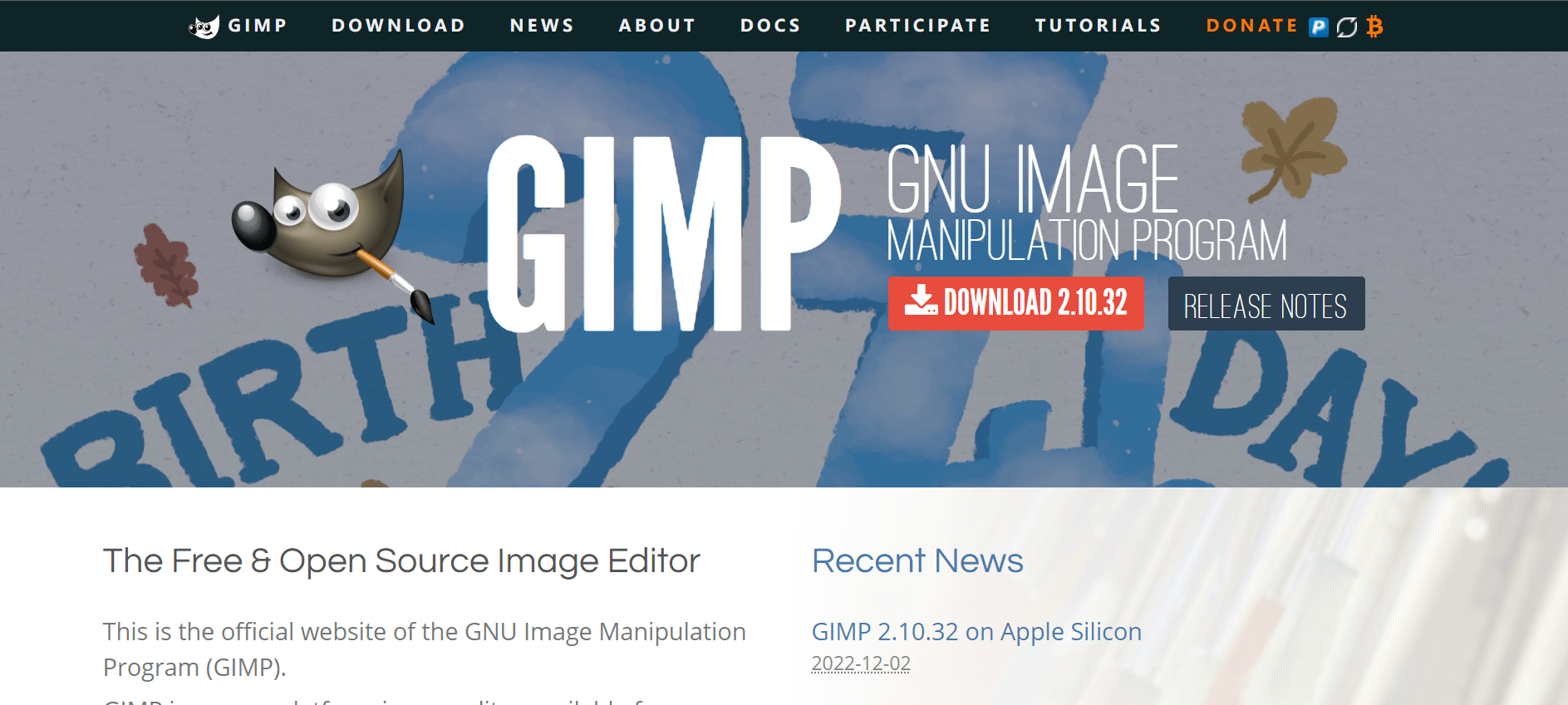If you’ve ever wondered how to unpixelate an image, you’re not alone. Fortunately, there are now many free tools that you can use to get the job done. These tools include programs that use artificial intelligence to reduce pixelation, as well as tools you can use without Photoshop.
Upscaling images without sacrificing quality
For the best results, upscaling images without compromising quality is important. Thankfully, there are several tools to help you with this process. These programs use deep learning algorithms to achieve good results without compromising quality. You can also use Photoshop, which is great for maintaining image quality, or free tools such as GIMP and ONScaler.
The most important thing to remember when deciding to upscale images is to shoot in the highest resolution possible. A higher resolution means more digital information is stored in the file. Some cameras allow you to upscale your pictures in RAW format, which is a graphical format based on mathematical principles. This means you can enlarge an image indefinitely without sacrificing quality.
Whether you’re trying to get better results on a website or create a photo album, image upscaler programs are available for both free and paid versions. AI-based programs can even upscale images without compromising quality. You can even batch-process a large number of images with these programs.

The most popular tool for upscaling images is Adobe Photoshop, which can increase the size of images without sacrificing their quality. Just open your image and go to Image>Image Size. You can then increase the width and height values until you’ve reached the desired size. Then click on OK. Another free option is GIMP. This program is great for more than just photo editing and is capable of graphics design as well.
AVCLabs’ online AI image enhancer is another free tool for upscaled images without losing quality. This online tool uses a deep learning algorithm to increase the size without sacrificing the quality. It offers advanced features such as image noise reduction and image leveling. For a more complex solution, you can also purchase the software version of the software.
When upscaled images are too small, they are prone to pixelation and other issues. It’s better to choose a larger image size for the best quality. The file size indicates the size of the image file. The larger the file size, the more information the file can store.
Using AI technology to remove pixelation
There are a number of applications for utilizing AI technology to remove pixelation from your images. For example, if you are an online real estate seller, you may need to upload batches of pictures daily. The quality of the pictures can have a big impact on your contact rate with customers. You can use an AI image upscaler to make your images look as close to 4K or 8K as possible.
AI technology can be useful for a number of different purposes, including removing grain from photos and simulating paintings. It can also be used to create artificial human models. A Twitter user, tg_bomze, recently shared a new application called Face Depixelizer, which uses AI technology to upscale low-resolution images. The results are pretty funny.

The best AI image sharpener is an AI-based tool that can identify the sources of pixelation in your images. It can detect the pixels that have square edges and other imperfections and automatically remove the pixelation. This tool is compatible with many operating systems, including iOS, Windows, and Android.
AI image upscalers and depixelizers are also useful tools for removing pixelation from your pictures. They can unpixelate your photos automatically and without requiring download or registration. They are also able to process a large number of images, allowing you to upload a small number at a time.
Artificial intelligence is increasingly becoming a part of the marketing world, with new automation tools hitting the market every day. Using an AI image enhancer tool can save you a lot of time and money. Tools such as VanceAI can make pixelated photos sharp and clear, and can even eliminate digital noise.
Reducing pixelation without Photoshop
There are many ways to reduce pixelation in photographs. One method, which has been around for a while now, is using Photoshop. Photoshop offers several features for adjusting image resolution and pixels. Changing these settings can greatly improve the quality of a photo. For example, if the photo is too low resolution and you plan to print it on a large scale, you should increase the resolution by 300 pixels.
Another option is to use the Gaussian Blur option in Photoshop. This option has sliders that control how much of the image to blur. Another option is to use an Un-sharp Mask, which is a sharpening and blurring tool. Using this tool, you can make dark pictures look more vivid.
If you’re not comfortable with using Photoshop, you can try using an online photo editor. There are many free online tools to help you edit pictures. Fotor is an excellent tool that offers a wide variety of editing options. Once you upload your image, select the “Effect” menu in the left-hand menu. After this, you can move the slider to the left and decrease the pixel size of the photo.
Another way to fix pixelated images without Photoshop is to use the Blending Options feature in Photoshop. Right-clicking an image will create a new layer. In the top menu, click on Blending Options. Once in the Blending Options window, click on Image, Brightness/Contrast, and Adjustments. This will alter the image’s brightness and contrast.
There are free tools available online to fix pixelation. However, these tools are often not as effective as Photoshop. However, for best quality results, it is recommended to use Photoshop. Firstly, you’ll need to open the picture in Photoshop. Then, select the “Unsharp Mask” slider. In this way, you’ll be able to adjust the sharpness of the image and reduce pixelation. When done, save the file for printing.
If you’re a Photoshop user, you can use the clone tool to duplicate pixels and edit them with the appropriate tools. In addition, you can apply filters to improve the clarity of the image.
Using GIMP
Unpixelating an image is a basic process that involves adjusting image dimensions. If you’ve ever used GIMP to enlarge an image, you’ve probably noticed that the image was pixelated. This happens because GIMP needs to re-create the pixel information to re-enlarge the image. To resolve this issue, GIMP has an option known as the Cubic Option. This option selects a color based on the eight pixels surrounding the pixel. However, this method takes longer to produce.

First, open GIMP. In Windows, this is usually in Programs>Accessories>Paint. Next, choose a tool from the Toolbox window. It will open a dialogue box that contains tools that you can use to adjust an image’s resolution. Then, click on the Rectangle tool, the Ellipse tool, or the Free Select tool. Use these tools to select an area of the image that you want to pixelate.
Using GIMP is a good alternative to Photoshop, as it is 100% free to download and use. In addition, it is more straightforward than Photoshop. Compared to Photoshop, using GIMP requires only a few steps. This means you won’t have to research a complicated process and can start using GIMP right away.
Another free option is using Lunapic, a free online photo editing tool. This online editor allows you to resize and enhance images. It’s fast and easy to use, and has useful editing features such as dehaze and color adjustment. Lunapic also has a no watermark option, which is useful if you need to edit an image without a watermark.
Conclusion
Each tool has different usage methods and effects, and I hope you can find what you like after trying it out.
